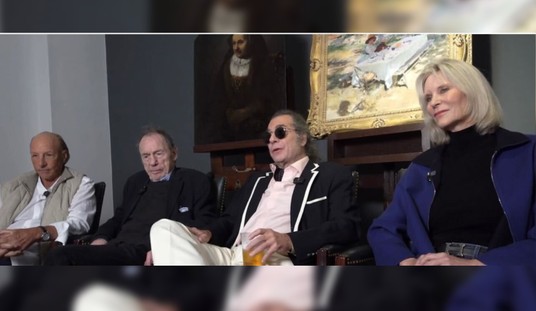Today’s quake in Japan is devastating by any measure. We don’t know the full extent of the casualties or property damage and likely we won’t for some time. We know that hundreds have lost their lives, and as many as 88,000 remain missing. But as massive as it was, this quake is not Japan’s worst case scenario. As a former resident of Tokyo who still considers that city my second home town, today’s events are tough to watch objectively. I have family and friends scattered around Japan. As far as we have been able to find out, all are safe.
 Whether it’s from typhoon, tsunami, earthquake or volcano, or some combination of those, the history of Japan is replete with cycles of building, flourishing, destruction and eventual rebirth. This cycle is so ingrained in the culture that I’ve often wondered whether the Godzilla (Gojira) and other kaiju films owe some of their inspiration to it. Massive monster of mysterious origins menaces Japan, crushes the capital city, and usually meets an end that guarantees that the monster or its offspring will be back at some point. Gojira’s director, Eiji Tsuburaya, was a Christian and would have been especially attuned to this idea of death and rebirth. The atom bomb obviously directly inspired Gojira, but the war and its climactic ending also just as obviously fit well into Japan’s destruction and rebirth cycle. When Gojira premiered in 1954, Japan was just nine years past the war and in the beginning of its spectacular rebuilding phase.
Whether it’s from typhoon, tsunami, earthquake or volcano, or some combination of those, the history of Japan is replete with cycles of building, flourishing, destruction and eventual rebirth. This cycle is so ingrained in the culture that I’ve often wondered whether the Godzilla (Gojira) and other kaiju films owe some of their inspiration to it. Massive monster of mysterious origins menaces Japan, crushes the capital city, and usually meets an end that guarantees that the monster or its offspring will be back at some point. Gojira’s director, Eiji Tsuburaya, was a Christian and would have been especially attuned to this idea of death and rebirth. The atom bomb obviously directly inspired Gojira, but the war and its climactic ending also just as obviously fit well into Japan’s destruction and rebirth cycle. When Gojira premiered in 1954, Japan was just nine years past the war and in the beginning of its spectacular rebuilding phase.
While Gojira is obviously fiction, there is such a monster sleeping near Tokyo: Mt. Fuji, the strikingly beautiful 12,000 foot volcano just 60 miles from the city.
Fuji-san last erupted in 1707, when Japan was still a backward, feudal state. It last showed signs of awakening in 2001.
Speculation of an eruption first spread in 2000 and 2001, when scientists were shocked to detect swarms of low-frequency earthquakes beneath Mount Fuji.
The announcement sent Japanese media into a frenzy and forced government bureaucrats to dust off disaster management plans.
The episode also prompted the formation of a national committee to assess the current danger of the volcano and create a detailed hazard map of the potentially affected areas, including the town of Fujinomiya.
Tokyo has been destroyed and rebuilt twice in living memory: By a massive earthquake in 1923, and during World War II. Today Tokyo is home to about 30 million people, with many more scattered within range of massive Mt. Fuji. Several US military bases lie within range of the volcano’s likely ash and debris field. A major eruption of Mt. Fuji would severely threaten if not destroy one of the world’s largest and most advanced and important cities, and likely cripple the global economy for years. Based on its history of erupting about once every 30 years prior to that last eruption, Fuji’s reawakening is long overdue.
Update: The tsunami has reportedly caused serious damage and one death in California.
Update: Also read Who Was Godzilla? at the Belmont Club. I’ve entertained similar thoughts about Godzilla being a stand-in for the US as well, first a menace and in later iterations a protector of Japan against other kaiju. There may be as much to that as there is to the idea that the kaiju draw from Japan’s history of suffering incredible natural disasters.









Join the conversation as a VIP Member